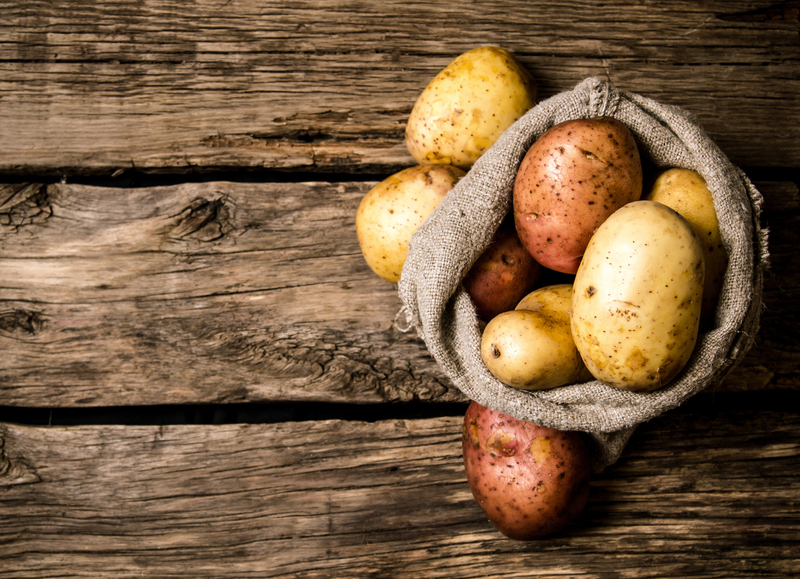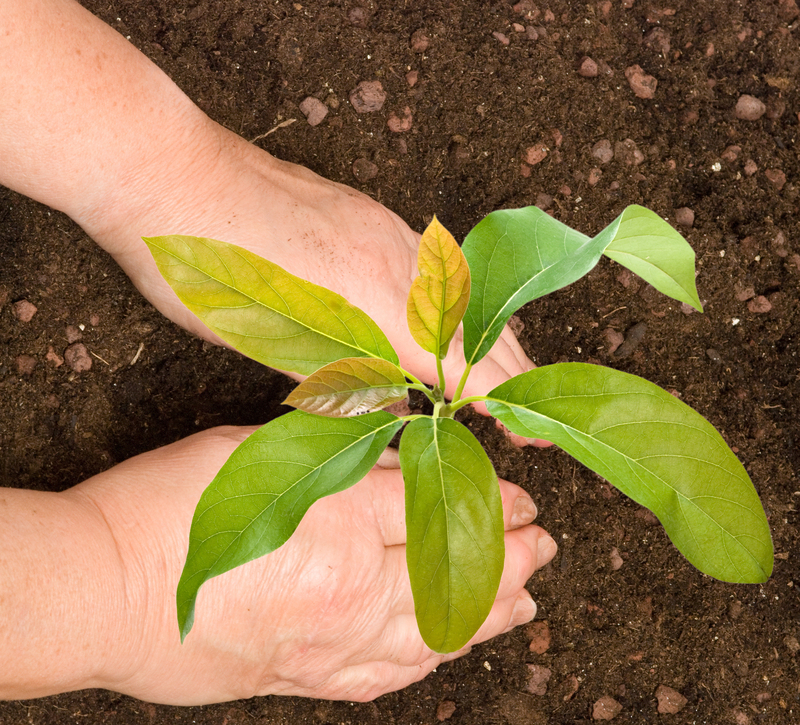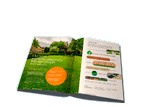Strategies to Invite Pollinators to Your Garden
Posted on 22/09/2024
Creating a garden that attracts pollinators is both an enjoyable and impactful endeavor. Pollinators such as bees, butterflies, hummingbirds, and other insects play a crucial role in the ecosystem by aiding in the reproduction of plants. These creatures not only enhance the beauty of your garden but also ensure the continuity of plant species. Below are some strategies to help you invite pollinators to your garden.
Understanding Pollinators and Their Importance
Pollinators are animals that facilitate the transfer of pollen from one flower to another, which is essential for plant fertilization. The most common pollinators include bees, butterflies, hummingbirds, bats, and various other insects. These creatures are responsible for the propagation of more than 75% of the world's flowering plants and nearly 35% of global food crops. Therefore, attracting them to your garden is vital for both your local flora and the broader environment.

Planting a Diverse Range of Native Plants
The cornerstone of any pollinator-friendly garden is a diverse selection of native plants. Native plants have evolved to be particularly attractive to local pollinators. They are also well-adapted to the local soil and climate, making them easier to care for. Try to include a variety of plants that bloom in different seasons to provide a continuous food source throughout the year. Focus on a mix of flowering annuals, perennials, shrubs, and trees that cater to different pollinators.
Creating a Pollinator Habitat
In addition to planting native flora, it's essential to create a habitat that provides for the needs of pollinators. This includes shelter, water, and food. Create layers in your garden by having ground cover, shrub layers, and a canopy layer. This diversity in vegetation height and type provides various niches for different pollinators.
If you want to attract bees, consider installing bee hotels, which are structures filled with hollow tubes where solitary bees can nest. For butterflies, provide areas where they can sunbathe and offer damp patches of soil where they can drink minerals.
Providing a Clean Water Source
Pollinators also need water to survive. A clean, shallow water source can make your garden even more attractive. Consider installing a birdbath, a small pond, or even a simple dish filled with water. Ensure that the water source has landing spots like stones or floating twigs to prevent pollinators from drowning.
Avoiding Chemicals and Pesticides
To create a truly hospitable environment for pollinators, it's crucial to avoid using harmful chemicals and pesticides. Many of these chemicals are toxic to pollinators and can kill them or drive them away. Instead, opt for organic gardening practices and natural pest control methods such as neem oil, diatomaceous earth, and beneficial insects like ladybugs and lacewings that prey on pests.
Planting in Clusters
Pollinators are more likely to visit gardens where flowers are planted in clusters. Grouping plants of the same species makes it easier for pollinators to feed efficiently. For instance, plant clumps of wildflowers, lavender, or marigolds together rather than scattering individual plants throughout your garden. This strategy not only attracts more pollinators but also enhances the visual appeal of your garden.
Choosing the Right Colors and Scents
Different pollinators are attracted to different colors and scents. Bees are generally attracted to blue, purple, and yellow flowers, whereas butterflies prefer bright colors like red and orange. Hummingbirds are particularly fond of red and tubular flowers. Incorporating a variety of colors and fragrances in your garden can attract a diverse group of pollinators.
Including Host Plants for Caterpillars
Butterflies go through several life stages, and part of that transformation involves the caterpillar stage. To attract butterflies, you'll need to provide host plants for caterpillars to feed on. Some popular host plants include milkweed for monarch butterflies, fennel for swallowtails, and nettle for red admirals. Including these plants ensures you're supporting the entire life cycle of butterflies, making your garden a complete habitat.
Lighting Considerations
While not often considered, artificial lighting can negatively affect pollinators. Many moths, which are also pollinators, and other insects navigate by moonlight. Excessive lighting from garden lights can disorient them and disrupt their natural behaviors. Opt for motion-activated or solar lights that reduce light pollution, thus making your garden more welcoming for nocturnal pollinators.

Spreading Awareness and Building Community
One of the most impactful strategies to promote pollinators is by spreading awareness within your community. By educating your neighbors and participating in local gardening clubs, you can multiply your efforts. When more people in your area adopt pollinator-friendly practices, it creates larger, interconnected habitats that support these crucial creatures.
Conclusion
Creating a garden that attracts pollinators is as rewarding for the gardener as it is beneficial for the environment. By incorporating a diverse array of native plants, creating suitable habitats, providing clean water, avoiding chemicals, planting in clusters, and considering the colors and scents that attract different pollinators, you can make a significant difference. Your efforts can not only beautify your space but also contribute to the crucial task of supporting pollinator populations.
As you implement these strategies, you'll find your garden buzzing with life, adding vibrancy and vitality to your surroundings. Happy gardening!






 Certified and experienced landscapers
Certified and experienced landscapers



 Get a Quote
Get a Quote